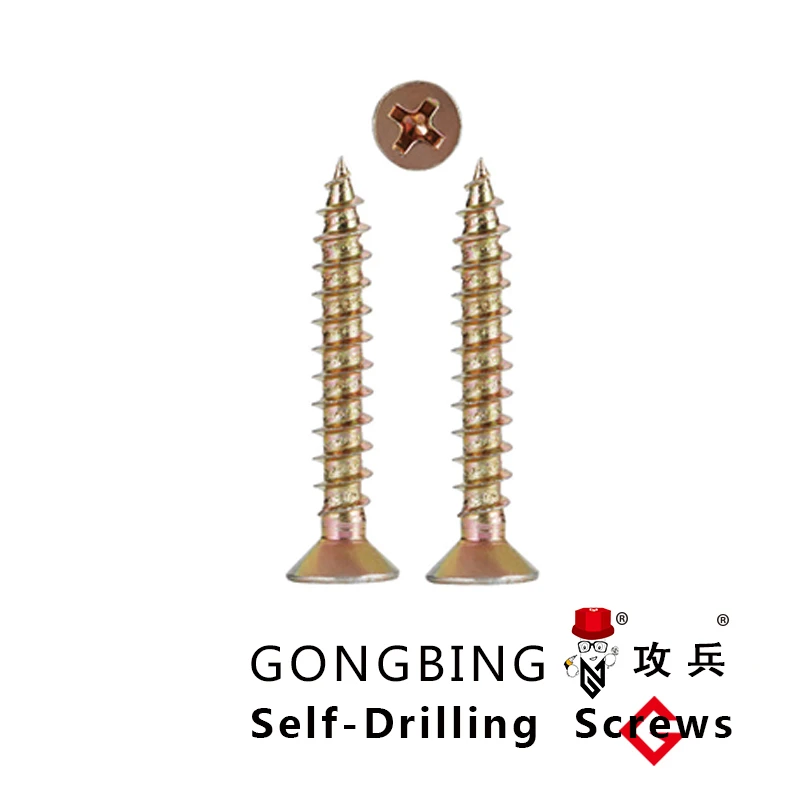Choosing the Right Screws for Your EPDM Roofing Installation Needs
Understanding EPDM Roofing Screws Key Features and Benefits
When it comes to roofing materials, EPDM (Ethylene Propylene Diene Monomer) has become a popular choice due to its durability, weather resistance, and flexibility. Used predominantly in flat roofs, EPDM is a synthetic rubber that can withstand varying climates and environmental conditions. However, the effectiveness of EPDM roofing systems heavily relies on the appropriate accessories, one of the most critical being EPDM roofing screws. In this article, we’ll explore the significance of these specialized screws, their characteristics, and why choosing the right fasteners is crucial for ensuring the longevity and performance of an EPDM roof.
The Role of EPDM Roofing Screws
EPDM roofing screws are specifically designed to secure EPDM membranes to the underlying structure, whether it be wood, metal, or concrete. Unlike standard screws, EPDM roofing screws feature unique features tailored to enhance performance and compatibility with EPDM materials. Their design typically includes a rubber washer that creates a watertight seal around the screw, preventing moisture from infiltrating the roof system. This is vital for maintaining the integrity of the roof and preventing leaks that could lead to costly repairs and damage.
Key Features of EPDM Roofing Screws
1. Corrosion Resistance EPDM roofing screws are often made from corrosion-resistant materials, such as stainless steel or galvanized steel, ensuring they remain durable even in harsh weather conditions. This resistance is crucial for maximizing the lifespan of both the fasteners and the roofing system.
2. Watertight Seal The rubber washer at the base of these screws is engineered to provide a superior seal. This feature helps to prevent water penetration, which is a crucial concern for any roofing system.
3. Versatility EPDM roofing screws are available in various lengths and thicknesses, providing versatility for different roofing applications. Whether used in low-slope or flat roof installations, there is a specific screw type suited to accommodate various thicknesses of the EPDM membrane and substrate materials.
epdm roofing screws

4. Easy Installation Designed for ease of use, EPDM roofing screws can be quickly and efficiently installed with standard tools. Their self-tapping design allows for fast penetration into roofing substrates, significantly reducing installation time.
Benefits of Using EPDM Roofing Screws
The benefits of using dedicated EPDM roofing screws extend beyond just maintaining the adhesion of the roof membrane. Here are some significant advantages
- Enhanced Durability By using screws that are specifically designed for EPDM applications, homeowners and contractors can be assured of improved durability and the long-term performance of the roof.
- Cost-Effectiveness Although dedicated roofing screws may seem like a higher upfront cost, their ability to prevent leaks and subsequent damage can yield substantial savings in the long run, avoiding costly repair and replacement expenses.
- Improved Aesthetics EPDM roofing screws often have a low-profile, sleek design that can enhance the overall appearance of the roof, contributing to a clean and professional finish.
Conclusion
In summary, EPDM roofing screws are an essential component of any EPDM roofing system. Their specialized design and features cater to the unique demands of synthetic rubber roofing, ensuring a secure, watertight bond that protects against the elements. By investing in the right screws, homeowners and contractors can significantly extend the lifespan of their roofs, avoid costly repairs, and enjoy peace of mind knowing that their roofs are built to withstand the test of time. Whether embarking on a new installation or a roof replacement, remember that the quality of the fasteners you choose is just as crucial as the roofing material itself.
-
Weatherproof Plastic Expansion Anchors for OutdoorNewsJun.06,2025
-
Sustainability in the Supply Chain: Eco-Friendly TEK Screws ProductionNewsJun.06,2025
-
Load-Bearing Capacity of External Insulation FixingsNewsJun.06,2025
-
Double Head Bolts: Enhancing Efficiency in Industrial MachineryNewsJun.06,2025
-
Corrosion Resistance in Chipboard Screws: Coatings for Wholesale DurabilityNewsJun.06,2025
-
Butterfly Toggle Bolts : Enhancing Structural ResilienceNewsJun.06,2025
